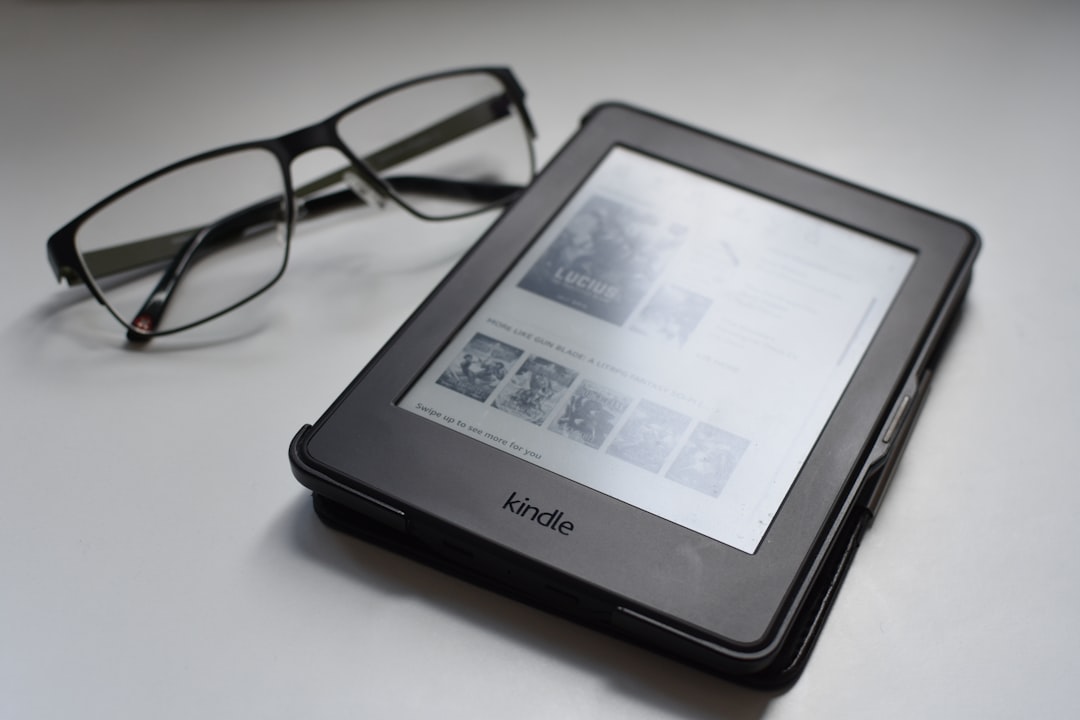Traveling frequently or juggling multiple roles at work can be a logistical hassle—especially when it comes to maintaining consistent communication. Whether you’re a globe-trotter avoiding sky-high roaming charges or a digital nomad managing both personal and professional contacts, a dual-SIM smartphone offers a powerful way to organize your communication needs. This article dives into practical, real-world tips to get the most out of dual-SIM technology when traveling or working across regions.
What is a Dual-SIM Phone?
A dual-SIM phone is a mobile device capable of holding and operating two SIM cards simultaneously. With this technology, you can maintain two separate phone numbers or connect to two different carriers on a single device. This is particularly useful when managing different aspects of life such as:
- Personal and business communications
- Domestic and international travel
- Network redundancy for better signal availability
Why Dual-SIM is a Game Changer for Travelers
Let’s face it—roaming charges can escalate quickly when you’re overseas. Having a dual-SIM phone allows travelers to stay connected affordably and efficiently in foreign countries. Here’s how:
- Use a local SIM card: When you arrive in another country, pick up a local prepaid SIM for data and calls. This allows you to avoid exorbitant international fees from your home carrier.
- Maintain your home number: Keep your primary SIM active to receive texts and calls from home. This way, you don’t miss out on essential messages while still benefiting from local network rates.
For instance, if you travel frequently between the United States and Europe, you can keep your U.S. SIM card in one slot for essential texts and use a European SIM for budget-friendly calls, texts, and data.

Best Practices for Work-Life Separation
A dual-SIM setup isn’t just for jet-setters. Professionals can use it to separate work and personal life more effectively, without needing two phones. Here are some strategic tips:
- Clearly label your numbers: Modern smartphones allow you to name each SIM—label one as “Work” and the other as “Personal” for easy identification.
- Set custom notification tones: Assign different ringtones or vibration patterns for each SIM so you can instantly identify the type of call or message even without checking your phone.
- Use dual-apps capability: Many Android phones enable you to clone apps like WhatsApp so you can run two accounts—one for each number. That way, your messaging stays organized and your privacy intact.
Data Management Tips While Abroad
One of the most critical aspects of travel is managing data usage effectively. Even with a local SIM, it’s worth optimizing how your smartphone consumes data:
- Set your travel SIM as the default for mobile data: Most phones allow you to choose which SIM uses data. This prevents your home plan from racking up roaming charges.
- Turn off background data for non-essential apps: Avoid wasting precious megabytes on apps running unnecessary updates or syncing in the background.
- Download maps and content offline: Before your trip, download offline maps, eBooks, and entertainment so you rely less on internet connectivity while on the move.
Optimize Your Phone’s Settings
Being smart about your configuration can vastly improve your dual-SIM user experience. Here’s what to watch out for when setting up your device:
- Toggle SIM cards with intent: Some phones allow setting one SIM for calls and another for data. Be deliberate—don’t blindly accept the defaults.
- Enable call forwarding if needed: If you’re not picking up calls on one SIM, you can forward them to the active one, ensuring you don’t miss important communication.
- Manage roaming options: Turn off roaming for your primary SIM when abroad to avoid surprise charges, especially if you’re not using it for data or calls.

Useful Accessories for Dual-SIM Users
Using a dual-SIM phone becomes even more efficient with the right accessories. Consider the following enhancements to streamline your setup:
- SIM card storage devices: Handy for keeping extra SIMs organized while traveling.
- SIM switch tools: If you frequently juggle more than two SIMs, these tools make swapping quick and easy.
- Power banks: Running two SIMs may slightly increase power consumption, so carrying a backup power source is wise for longer trips.
Security and Privacy Considerations
When operating on two different networks, security becomes crucial. Keep the following tips in mind:
- Use secure connections: Especially on unfamiliar networks, rely on VPNs to encrypt your data and protect sensitive transactions.
- Beware of phishing attempts: Dual-SIM users may mistakenly mix personal and business communications. Always verify unknown contacts before disclosing any info.
- Use biometric locks: Since your device holds more sensitive information, ensure it’s secured with facial recognition, fingerprints, or strong PINs.
Choosing the Best Dual-SIM Phone for Travel and Work
The market is full of dual-SIM phones, but not all are made equal. Here’s what to look for when buying one:
- eSIM compatibility: Many modern devices now offer one physical SIM slot and one eSIM, making it easier to switch between carriers without fiddling with hardware.
- Battery life: Managing two mobile networks can be harder on your phone’s battery. Get a phone with robust battery performance or fast-charging capabilities.
- Network band compatibility: If you’re traveling globally, ensure your phone supports the cellular bands used in your destinations.

Summary: Make Dual-SIM Work for You
Whether you’re boarding a plane to a new destination every month or simply trying to keep your personal and professional lives in harmony, dual-SIM functionality offers unmatched flexibility. With the right strategies—from labeling your SIM cards and using dual-app support to selecting a region-friendly phone model—you can turn a simple smartphone feature into a gateway to more efficient communication and cost savings.
So next time you’re packing your bag for a trip or reviewing your work-life setup, consider giving a dual-SIM phone the spotlight. It might just be the productivity hack you didn’t know you needed.
Do you already use a dual-SIM device? Try implementing these tips to take your setup to the next level.
